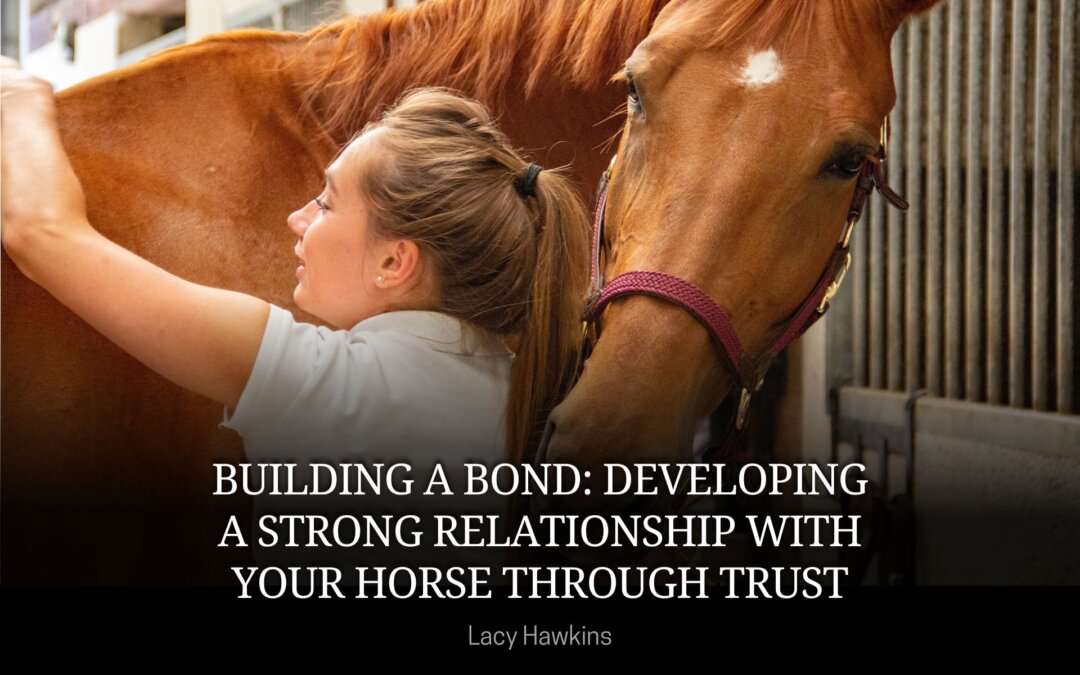Building a strong and lasting bond with your horse is not just for equestrian experts; it’s something anyone can achieve with patience and understanding. This connection is built on trust, respect, and effective communication. In this article, we’ll break down the essential techniques for developing a profound relationship with your equine companion.
Understanding Your Horse’s Behavior
First and foremost, it’s crucial to comprehend your horse’s behavior and psychology. Horses are incredibly perceptive creatures, attuned to their environment and the people around them. They communicate through body language, vocalizations, and subtle cues, making it essential to learn to read their signals. By doing so, you’ll lay the foundation for a strong connection.
Establishing Trust and Respect
Trust and respect are the building blocks of a successful horse-human relationship. Horses are naturally cautious animals, so approaching them calmly and confidently is key. Speak softly and move deliberately, avoiding sudden movements or loud noises. Spend quality time with your horse on the ground before engaging in formal training. Grooming, leading, and bonding exercises can help establish mutual respect and trust.
Positive Reinforcement
One of the most effective training techniques for horses is positive reinforcement. This involves rewarding your horse for desirable behaviors with treats, verbal praise, or gentle scratches. This way, your horse associates good behavior with positive outcomes and is more likely to repeat them. However, it’s essential to maintain clear boundaries and expectations alongside positive reinforcement.
Building Physical Fitness and Endurance
Physical fitness is vital for your horse’s well-being and responsiveness. Regular exercise and conditioning, both on the ground and under-saddle, help build endurance and strength. Tailor your training program to your horse’s abilities and avoid overexertion.
Developing Communication Skills
Effective communication is the heart of a strong relationship. Learn to read your horse’s body language and vocal cues while establishing clear and consistent cues and commands. Patience and consistency are key here; horses learn through repetition and need time to understand and respond to your cues.
Addressing Behavioral Issues
Every horse may have behavioral issues at some point. To address these, identify the root cause, whether it’s physical or psychological. Seek professional advice if necessary. Then, use a combination of desensitization exercises, positive reinforcement, and clear boundaries to correct the behavior. Safety is paramount throughout this process.
Building a deep bond with your horse is an achievable goal for anyone. It involves understanding your horse’s behavior, establishing trust and respect, using positive reinforcement, maintaining physical fitness, developing communication skills, and addressing behavioral issues. By following these steps, you can forge a lasting connection with your equine partner, leading to a more fulfilling and harmonious relationship.
